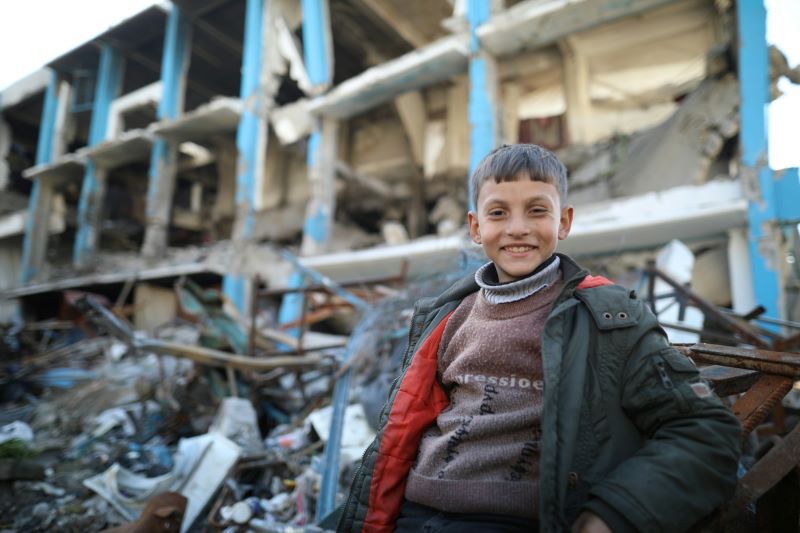 Gaza has a population of 2.3 million and is one of the “most densely populated” regions in the world. Hamas, a Palestinian nationalist organization, has been governing Gaza since 2006. Tensions between Hamas and Israel have led to a cycle of violence and governance challenges in Gaza. On October 7, 2023, Hamas launched an attack on Israel, and both sides have since engaged in heavy fighting. This conflict has led to widespread civilian casualties and created a humanitarian crisis. Children in Gaza are facing displacement, famine, disease and many other life-threatening challenges. Aid organizations are facing many security issues. This article outlines how Save The Children is supporting communities in Gaza.
Gaza has a population of 2.3 million and is one of the “most densely populated” regions in the world. Hamas, a Palestinian nationalist organization, has been governing Gaza since 2006. Tensions between Hamas and Israel have led to a cycle of violence and governance challenges in Gaza. On October 7, 2023, Hamas launched an attack on Israel, and both sides have since engaged in heavy fighting. This conflict has led to widespread civilian casualties and created a humanitarian crisis. Children in Gaza are facing displacement, famine, disease and many other life-threatening challenges. Aid organizations are facing many security issues. This article outlines how Save The Children is supporting communities in Gaza.
Supporting Communities in Gaza
Save The Children has been present in Gaza since 1973 and has been particularly prominent in the territory since October 7, 2023. There is growing demand for humanitarian aid but is hard to provide without a ceasefire. Despite this, Save The Children works tirelessly to provide aid to as many people as possible. Over the past year, Save The Children has reached more than 688,000 people and focuses on helping children in Gaza.
Nutrition Services
Malnutrition is widespread in Gaza and can lead to diminished health in children. Save The Children offers nutritional services to support the children of Gaza. It screens children and adults for malnutrition, especially targeting children under 5. This allows them to give the best treatment and chance of survival. The organization distributes food to as many regions as possible despite the security risks imposed by the conflict. They provide mothers with breastfeeding advice, promoting and supporting best breastfeeding practices. Save The Children also provides nutritional education to families and community workers to promote balanced meals to improve children’s health.
Physical Health Services
Save The Children works to provide physical health support to children. It distributes vaccinations to prevent the spread of life-threatening diseases, such as polio. It ensures that many children receive clean water and sanitation resources, such as essential toiletries and household utilities. The organization has built a maternity unit to ensure mothers have a safe environment in which to deliver their babies. A paediatric center has also been developed to treat children suffering from injuries such as burns caused by conflicts.
Tima, a Gazan citizen, found out she was pregnant in July 2023. In October 2023, Tima was afraid for the delivery and safety of her baby. Save The Children’s emergency maternity unit provided Tima with a safe place to give birth. In April 2024, Tima gave birth to baby Lana. Lana was born healthy but after a few days out of hospital, living in unsanitary conditions, Lana became unwell with sepsis. Save The Children gave Lana the antibiotic treatment she needed to survive.
Mental Health and Shelter Services
Save The Children provides mental health services to children who have suffered violence, displacement and trauma. It has built safe environments for those facing displacement from their homes and families. The organization has also developed temporary educational units to facilitate ongoing learning during the conflict, according to its website.
Save The Children has provided resources for temporary shelters for those facing displacement. It has supplied families with cash to purchase essential basics and build a more liveable shelter. Resources such as sanitation and hygiene kits have helped families to develop safer living environments, according to its website.
Looking Ahead
Save The Children is desperately seeking a ceasefire to be able to deliver aid more safely. However, such organizations face continual risk from the conflict, making it more difficult to reach people in need. Once aid is more readily available, future strategies have been developed to assist Gaza’s children further. The organization hopes to provide more permanent infrastructures for hospitals and educational units, distribute water storage tanks for longer-lasting sanitation and build more resilient shelters for displaced families.
– Millie Trussler
Millie is based in London, UK and focuses on Global Health and Politics for The Borgen Project.
Photo: Unsplash

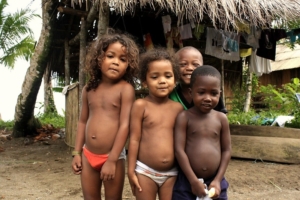
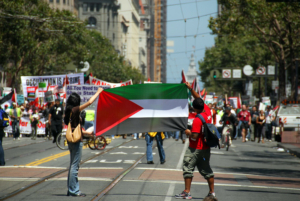
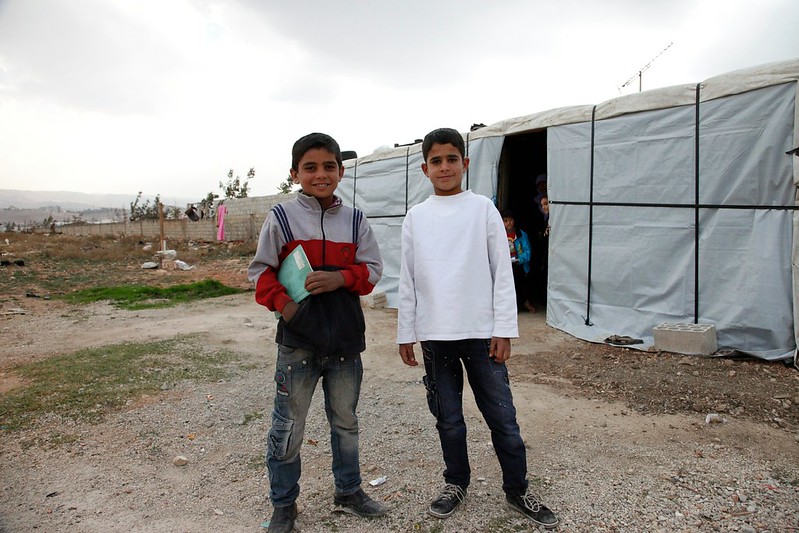 In Lebanon, Israeli airstrikes in densely populated areas have displaced more than 1 million people,
In Lebanon, Israeli airstrikes in densely populated areas have displaced more than 1 million people, 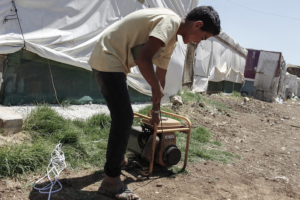
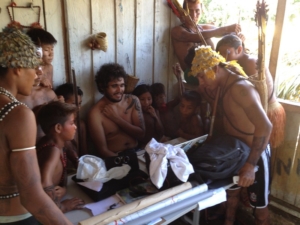
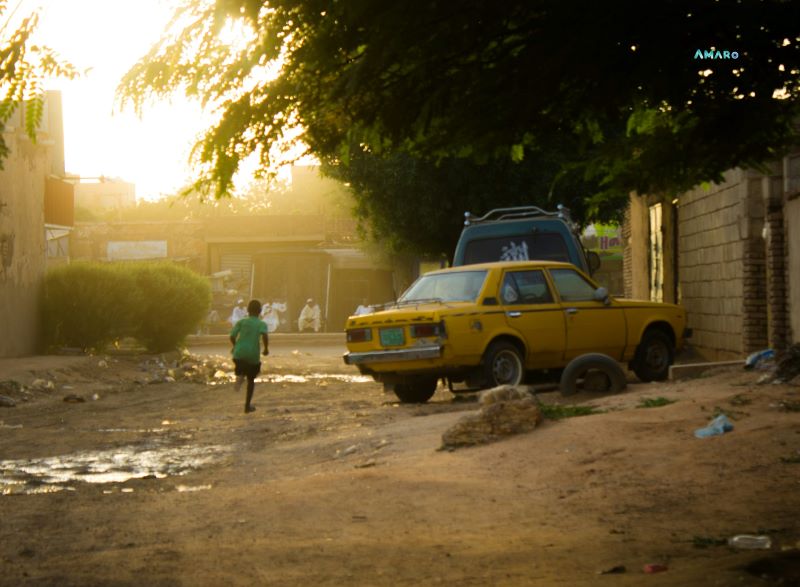
 The reignition of
The reignition of  As of September 26 2024,
As of September 26 2024, 